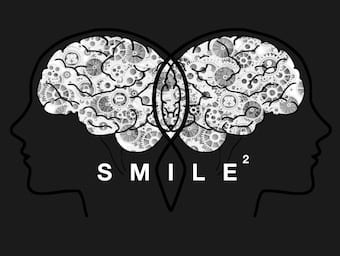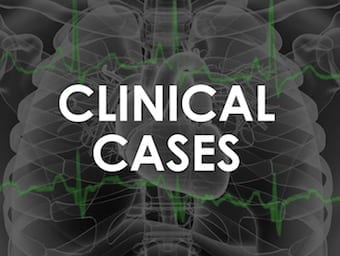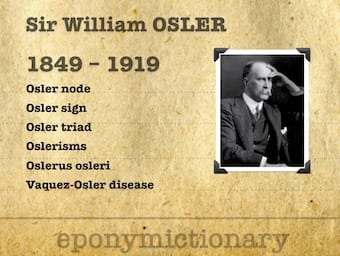
Sulfonylurea toxicity
Hypoglycaemia can occur at therapeutic doses especially in those who develop renal impairment. In overdose these drugs cause a profound and prolonged hypoglycaemia, usually apparent within 8 hours post ingestion of a standard preparation.








